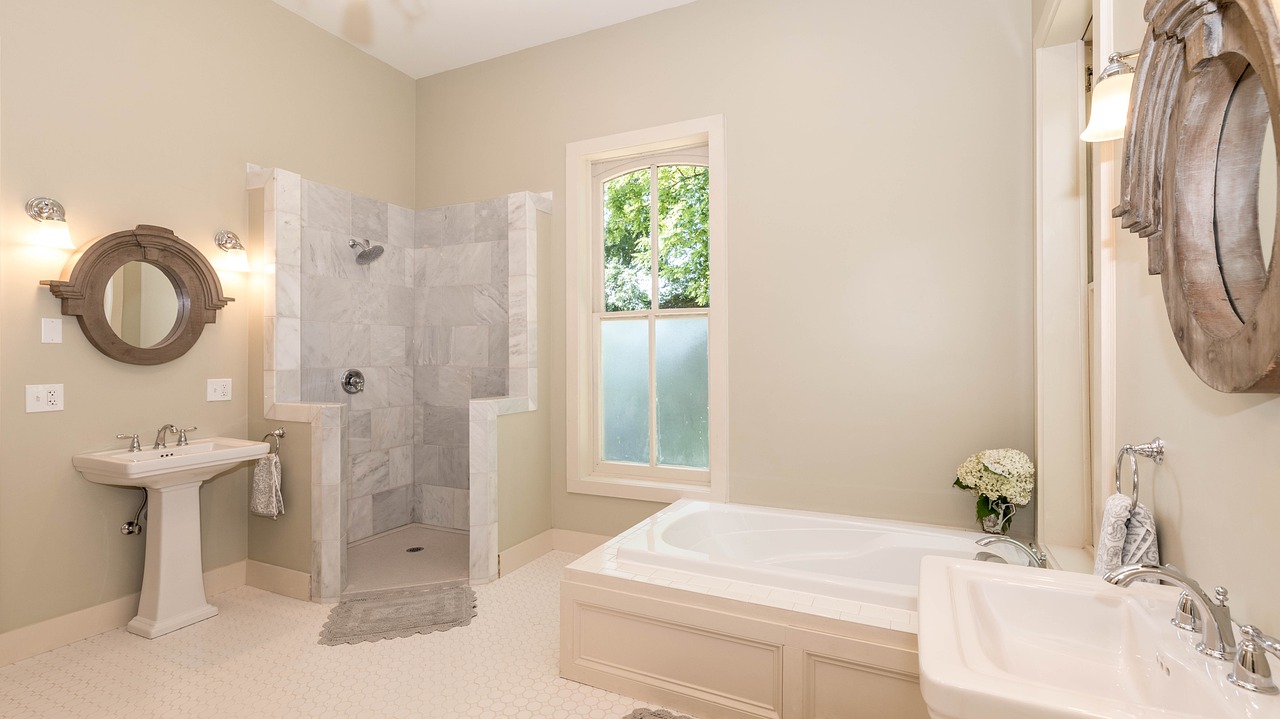
Home How-to: Preventing and Eliminating Mold Damage
Hurricane season is coming. In the event that your home sustains water damage, eliminating mold growth is critical. Being smart and avoiding damp all together with the right tips can ensure that your home suffers minimal damage. Acting fast can reduce the amount of mold that will develop. While mold developed as a result of storm damage is likely covered under your homeowner’s policy, mold growth in some situations is considered neglect and is therefore not covered. Here are some steps you can take if water seeps or floods into your home, or if you notice mold growing in moisture-rich areas.
Dry it Out
The best and first thing to do in the event of water damage is to remove all of the moisture as quick as possible. In minor instances, collect all wet items and set them in a place to dry out. Run fans in the affected area and lift up carpet if necessary. Install a dehumidifier and check the humidity of the room often. You can combat moisture and humidity with these devices so they’re well worth the investment. You can check the humidity with a tool called a hygrometer. Ideally, you want humidity at 60% or below at any time in your home.
Keep an Eye on Likely Mold Areas
Since mold is a living organism, it loves moisture. Bathrooms and basements can be particularly tricky for eliminating mold growth, as they are often more damp than other household areas. In the bathroom, make sure you turn on the exhaust fan after a shower or bath. In a basement, using a dehumidifier may be the best way to go. Do a sniff check. If something smells musty, it’s a tell-tale sign of mold. Discolored spots on the walls are a giveaway too.
Use Mold Resistant-Materials
Moisture-resistant drywall should be installed in bathrooms and can also work in basements. If you do remodel, this is the best choice so talk with a contractor for cosmetic or post-damage repairs. You can also find anti-microbial paints that prevent mold spores from forming. There are more preventative measures you can take in the setup of your walls, such as protective insulation or spaces for moisture elimination, so talk with a professional for further options.
Know When to Call a Professional
The Environmental Protection Agency (EPA) recommends using professional mold cleaning services if the affected area exceeds 10 square feet. If you find mold near the intake system of your air conditioning unit, you may need to have your air ducts cleaned by an HVAC contractor. Don’t use the system until you have it inspected to determine if there is mold present. Running the AC when it’s infected with mold will spread the spores.
Be Safe When You Clean
When cleaning mold from a space, be sure to discard any materials you used to wipe or scrub the infected area. Dead mold spores can still act as allergens. You’ll need to loosen the spores then suck them up with a HEPA-filter vacuum. The EPA recommends you cover up as much as possible with long sleeves and pants, close-toed shoes, goggles, and an N-95 respirator which protects you from breathing in spores. Wear gloves as well to protect your hands.
What does your storm coverage look like? Fudge Insurance is here to help answer any questions before and after the storm. Contact us and speak with an agent.


